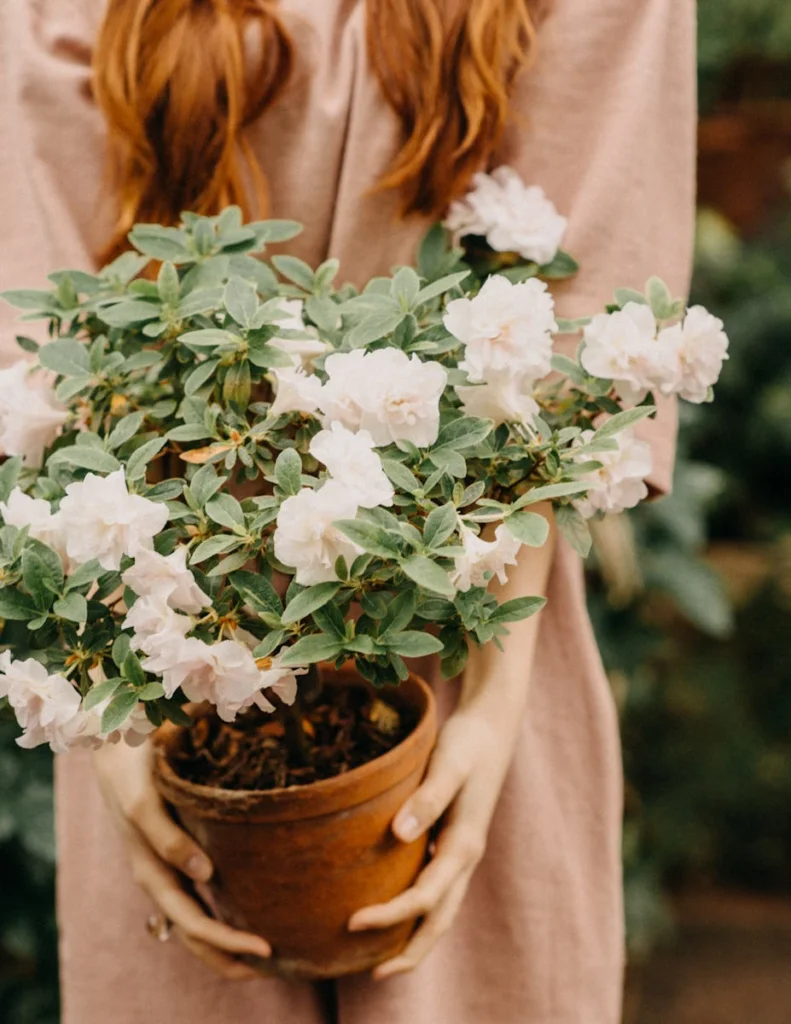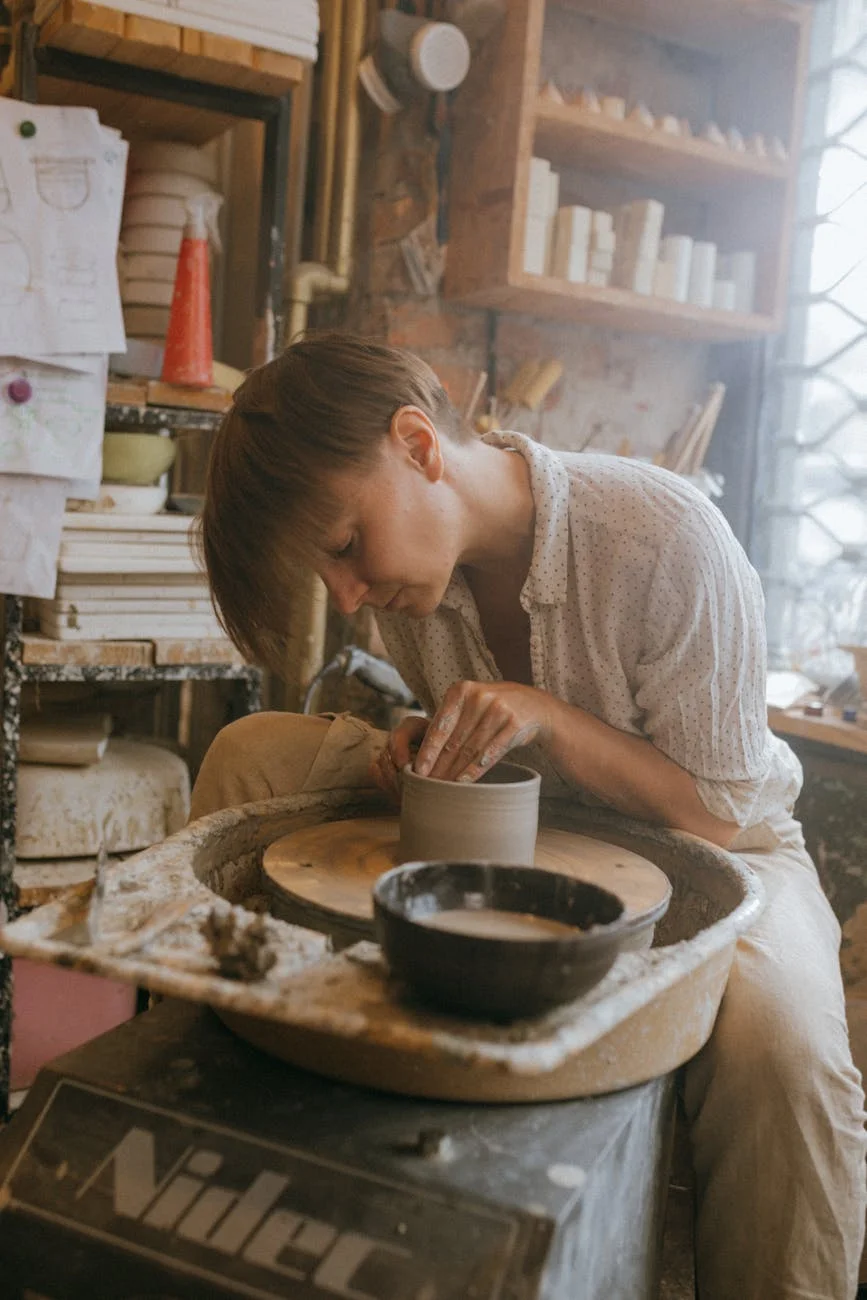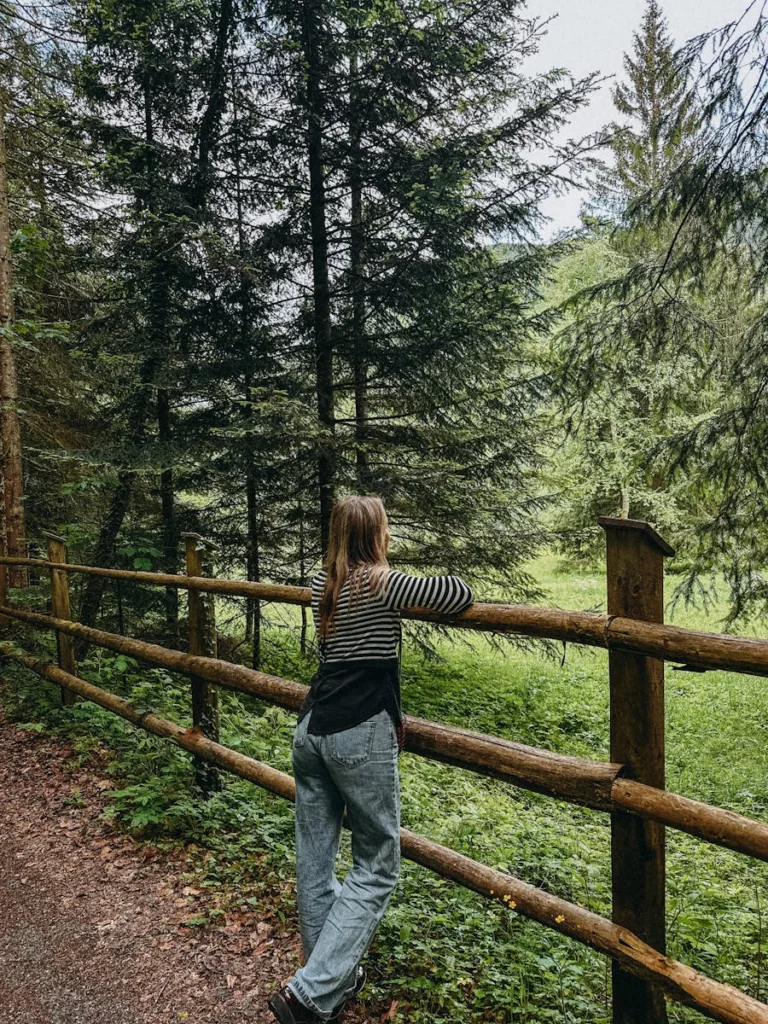
You’ve probably noticed that your priorities have shifted over the years—perhaps that promotion doesn’t feel as thrilling as it once did, or you’re craving something that’s purely yours. If you’re feeling restless for a meaningful outlet beyond work and family obligations, you’re not alone: studies show that women in their 40s often experience a renewed desire for creative expression and personal growth. Here are nine hobbies that can reignite your passion and bring unexpected joy to your routine.
Watercolor Painting: Express Your Inner Artist
While you might think watercolor painting requires years of formal training or some mystical artistic gene you’re convinced you don’t possess, the truth is that this wonderfully forgiving medium is actually perfect for beginners—especially women over 40 who’ve spent decades nurturing everyone else and are finally ready to nurture their creative souls.
Unlike oils or acrylics, watercolors blend beautifully on their own: happy accidents become ethereal clouds, and those “oops” moments transform into stunning color gradients. You’ll need minimal supplies—basic paints, brushes, watercolor paper—making it budget-friendly and space-efficient.
Research shows creative activities reduce cortisol levels by 75%, giving you both artistic satisfaction and stress relief while you reclaim your time.
Yoga and Meditation: Cultivate Mind-Body Balance

Though you might envision yoga as a practice reserved for twenty-something influencers contorting into pretzel-like poses on Instagram, the reality is that yoga and meditation were practically designed for women over 40 who’ve earned every ache in their bodies and deserve tools that actually work to heal them.
Research consistently shows that regular yoga practice reduces cortisol levels—that stress hormone that’s been wreaking havoc on your sleep and waistline for years. You don’t need to master crow pose or invest in $100 leggings; gentle flows and restorative poses offer profound benefits.
Meditation, meanwhile, literally rewires your brain for resilience: studies reveal just eight weeks of practice increases gray matter density in areas controlling emotional regulation and memory—exactly what you need to handle life’s curveballs with grace.
Gardening: Connect With Nature and Grow Your Own Paradise

If you’ve ever killed a houseplant and sworn off anything green, gardening might seem like a cruel joke—but here’s the beautiful truth: dirt under your fingernails and tomatoes you actually grew yourself represent one of life’s most satisfying victories, especially when you’re past the point of caring what anyone thinks about your mud-stained clothes.
Start small with herbs like basil or mint—they’re practically indestructible and you’ll feel like a culinary genius adding fresh leaves to your meals. Research shows gardening reduces cortisol levels by 68%, which means less stress and more zen moments watching your plants thrive.
Container gardening works perfectly if you’re apartment-bound, while raised beds give you total control over soil quality and drainage—no more battling clay or sand that refuses cooperation.
Photography: Capture Life’s Beautiful Moments

Every single day, you’re surrounded by moments worth capturing—your coffee casting perfect shadows on the kitchen table, your dog’s ridiculous sleeping position, the way afternoon light transforms your ordinary living room into something magical—and photography gives you the power to freeze these fleeting scenes before they disappear forever.
You don’t need expensive equipment to start: your smartphone’s perfectly capable of creating stunning images when you understand composition basics like the rule of thirds—dividing your frame into nine sections and placing subjects along those intersecting lines.
Studies show photography reduces stress by 68% because it forces you into mindfulness, making you notice details you’d normally miss.
Whether you’re documenting family gatherings or exploring macro photography—extreme close-ups of tiny subjects—you’re building a visual legacy while developing your artistic eye.
Creative Writing: Tell Your Stories and Explore New Worlds

Your inner storyteller has been quietly waiting for decades—through career building, child-rearing, and all those years when “someday I’ll write” felt like a luxury you couldn’t afford—and now you finally have the life experience, emotional depth, and hard-won wisdom that transforms ordinary observations into compelling narratives.
Creative writing offers you complete creative control: craft memoirs that honor your journey, explore fiction genres that captivate you, or pen poetry that captures fleeting emotions you’ve never quite articulated before.
Start with morning pages—three stream-of-consciousness pages that clear mental clutter and unleash authentic voice—then join writing groups where fellow writers understand the vulnerability of sharing work.
Whether you’re documenting family stories for future generations or creating entirely new worlds, your decades of living provide the rich material that younger writers desperately wish they possessed.
Cooking International Cuisines: Embark on Culinary Adventures

While your twenties might’ve been defined by ramen noodles and your thirties by kid-friendly mac and cheese, your forties present the perfect opportunity to transform your kitchen into a passport-free gateway to culinary cultures you’ve always been curious about but never had the confidence—or frankly, the energy after soccer practice—to explore.
Start with cuisines that share familiar techniques: Italian pasta-making builds on your existing skills, while Thai stir-fries use similar timing principles you’ve mastered. Research shows cooking activates multiple brain regions simultaneously, improving cognitive flexibility—basically, you’re getting smarter while perfecting your pad thai.
Don’t aim for restaurant-quality perfection immediately; embrace the messy joy of discovering new flavor profiles, spice combinations, and cooking methods that’ll revolutionize your weeknight dinner repertoire.
Hiking and Nature Walking: Discover the Great Outdoors

Although the closest you’ve come to hiking might’ve been power-walking through Target during a flash sale, your forties offer the ideal time to trade fluorescent lighting for filtered sunlight streaming through forest canopies—and your knees will thank you for choosing trails over treadmills. Research shows that walking on natural terrain activates different muscle groups than flat surfaces, improving balance and proprioception—your body’s ability to sense its position in space.
Start with easy trails: local parks, nature preserves, or rail-trails converted from old railroad beds. You’ll discover that hiking isn’t about conquering mountains; it’s about conquering your own mental chatter while your feet find their rhythm on packed earth, your lungs fill with fresh air, and your perspective shifts from endless to-do lists toward endless possibilities stretching ahead.
Pottery and Ceramics: Shape Clay Into Beautiful Creations

Something magical happens when you plunge your hands into cool, malleable clay—suddenly, the same fingers that fumble with smartphone screens transform into ancient tools of creation, connecting you to thousands of years of human artistry while your modern worries dissolve into the rhythm of kneading and shaping.
You’ll discover pottery isn’t just about making bowls (though you’ll create plenty of wonky ones initially): it’s about commanding a medium that responds to your touch, building confidence through centering clay on the wheel, and watching your vision emerge from earth itself.
Studies show working with clay reduces cortisol levels while improving focus—essentially, you’re sculpting stress relief alongside your masterpieces, one perfectly imperfect mug at a time.
Book Clubs and Literary Discussion Groups: Engage With Fellow Readers

Why does discussing a book with others feel so much more satisfying than reading alone, even when you’re perfectly content curled up with your favorite novel and a cup of tea? It’s because book clubs transform solitary reading into dynamic intellectual exchange—you’ll discover interpretations you’d never considered, defend perspectives that matter to you, and build genuine connections through shared literary experiences.
Research shows that discussing literature enhances critical thinking skills and emotional intelligence, giving you cognitive advantages that extend beyond reading. Whether you join an existing group at your local library or start your own—complete with wine and cheese, naturally—you’ll find yourself reading more diversely, thinking more deeply, and laughing more often than you’d expect from what sounds like homework.
Which Fulfilling Hobby Should You Try Next?
Discover the perfect creative outlet that’ll reignite your passion and bring unexpected joy to your routine
It’s Saturday morning, and you finally have some “me time.” What sounds most appealing?
When you think about your ideal stress relief, what calls to you?
Your friends would probably describe you as someone who…
What’s been missing from your life lately?
If money and time weren’t factors, you’d love to…
What would make you feel most accomplished at the end of the day?
Your biggest fear about starting something new is…
Your Perfect Hobby Match:
Conclusion

You’ve got nine incredible paths ahead—whether you’re drawn to the meditative brushstrokes of watercolor, the grounding rhythm of yoga, or the satisfying dirt-under-your-fingernails joy of gardening. Don’t feel pressured to choose just one; I’m juggling three hobbies myself and loving the chaos. Start small, be patient with yourself, and recollect: this isn’t about perfection—it’s about rediscovering what makes you feel alive again.
Comments
-
Pingback: 20 Ways to Build Authentic Relationships
-
Pingback: 12 Feminine Hobbies
-
Pingback: 17 Secret Santa Gifts Under $10
-
Pingback: How to Deal With Your Toxic Family





Pingback: 12 Natural Beauty Recipes for Fall Glow